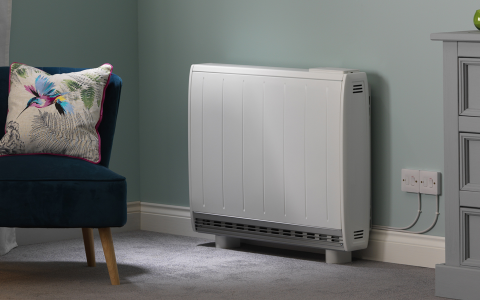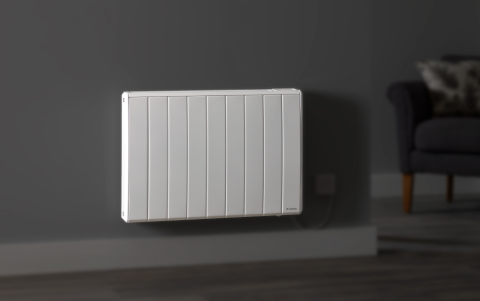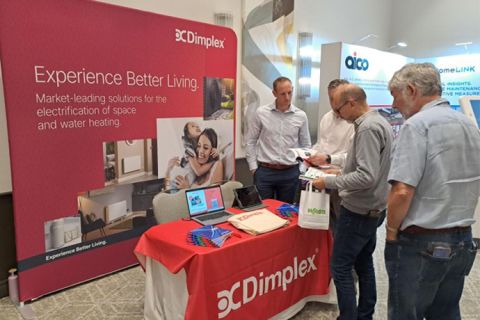

Dimplex News
Stay Updated with Dimplex: Innovations, Insights, and Industry News
Welcome to the Dimplex news hub, your go-to source for the latest updates, innovations, and insights from the world of energy-efficient heating systems and hot water solutions. Whether you're looking for the latest product launches, industry trends, or tips for improving energy efficiency with your central heating system, we keep you informed on how Dimplex is helping drive sustainability and comfort across homes, businesses, and commercial spaces.

Storage and the Net Zero Energy Supply Chain
Representatives from Government, the Committee on Climate Change, manufacturers and many other stakeholders from across the electricity supply chain met last week to discuss the future of our industry, country and ultimately, the planet.
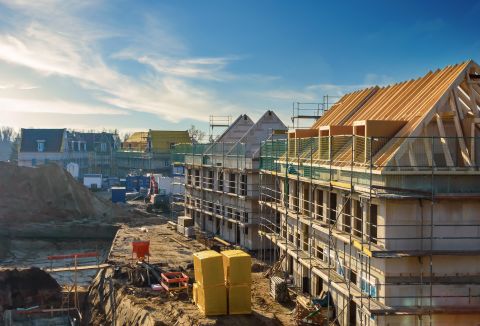
The six main heat pump myths debunked
Heat pumps. and heat pump based solutions such as ambient loops or hot water heat pumps are proven technologies considered one of our main routes to achieving compliance with the new, 2022 Part L of the Building Regulations. The increased focus on heat pumps, including air source heat pumps, both monobloc and split system, has intensified the discussion on this low carbon technology that is sometimes misunderstood.
What are the four new compliance metrics embedded in the updated 2022 Part L?
We have written a series of four blogs to help understand the changes and what they mean for residential developments. Each blog will introduce one of the four compliance metrics and consider what these mean for modern construction.
What is a split system air source heat pump?
A split system air source heat pump has two parts to the unit with the outdoor unit placed outside to capture energy from the air and the indoor unit inside the building to use that energy to heat water for the dwelling. They are linked together by two pipes carrying the refrigerant – one in liquid and one in gaseous/vapour form.
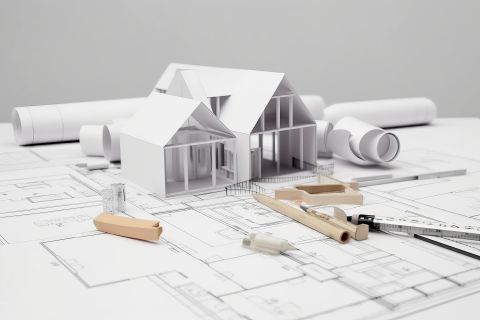
What is the difference between monobloc and split system air source heat pumps?
The main difference between a monobloc air source heat pump and a split system air source heat pump is that the monobloc heat pump has all the necessary components for an air source heat pump contained within one single unit. The split system, as the name suggests, splits the components between two units. This leads to differences in size, flexibility, noise emitted and installation requirements.
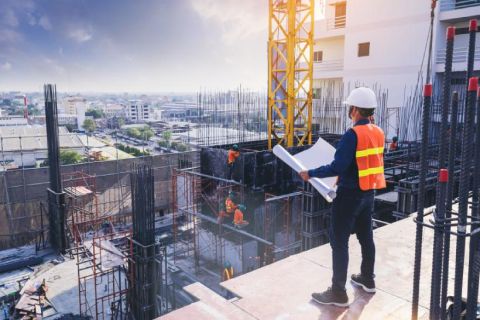
What is the BREL report and how does it impact your residential new build project?
What is the BREL report and how does it impact your residential new build project?

What are the specification drivers of monobloc and split system air source heat pumps for residential dwellings?

British Gas launches Dimplex Quantum Tariff

What is the requirement for HVAC system compliance for a collective housing application?
One regulatory requirement for collective housing applications, or large residential developments, is to comply with Part L of the Building Regulations. The updated Part L has been published and is concerned with the conservation of power and fuel in buildings. Fixed heating, ventilation and air conditioning services in new residential dwellings play a large part in achieving the required energy performance of a building and their targets and requirements are outlined in this Approved Document.
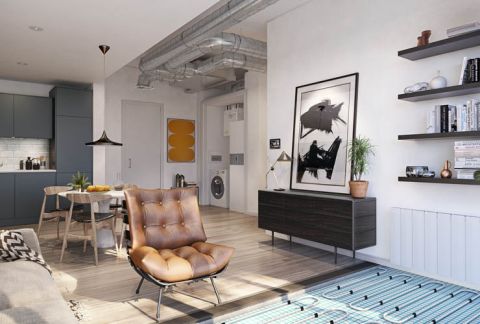
How do ambient networks that use in-apartment heat pumps work?
Ambient networks typically consist of in-apartment water-to-water heat pumps connected via a central loop to a central plant. Each heat pump uses ambient water from the central loop to provide heating, hot water and even cooling into the apartment. For domestic hot water use, the heated water is stored in an unvented, integrated cylinder that sits below the heat pump module in the apartment, whilst the heating circuit could use emitters such as radiators, fan coils or underfloor arrays.
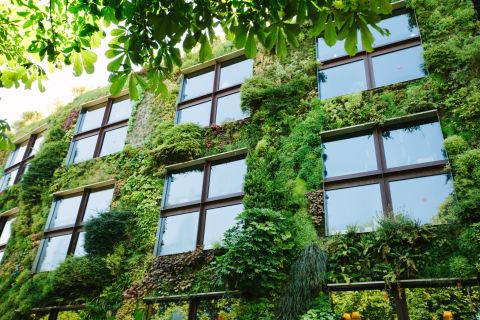
Updates to core Building Regulations hail the start of an energy transition
Last week saw the introduction of new Building Regulations for England with implications for heating, ventilation and hot water use in new and existing homes. This marks the start of an energy transition as we decarbonise our homes to meet future climate targets.
How to specify the right heat pump for your residential project: Project design and site constraints
This blog is focussed on the considerations around site constraints that should be considered by Mechanical and Electrical (M&E) consultants and other building professionals when specifying heat pumps for residential projects. It is taken from the white paper ‘A technical guide to the specification of heat pumps for single dwellings and multi-occupancy residential or mixed-use developments’ to give you a taste of just one of the many important areas that can influence specification choices covered in this comprehensive white paper.



